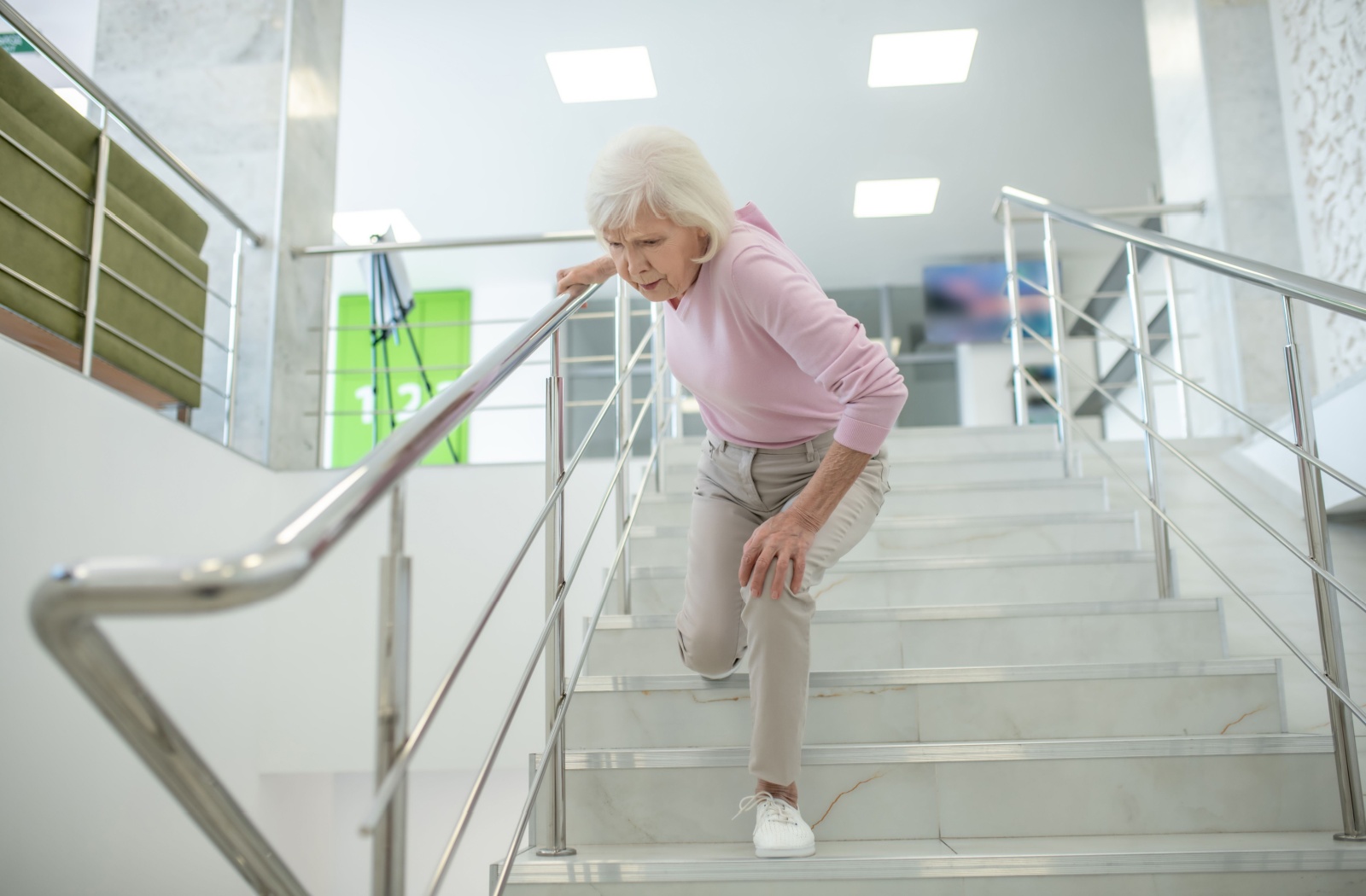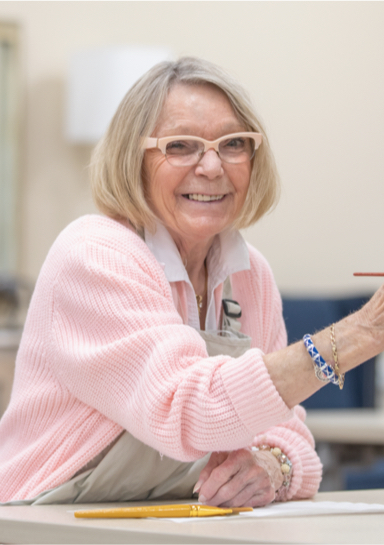As we age, our bodies may undergo physical changes that affect our balance. Poor balance greatly limits our ability to live independently, and can have a significant impact on the performance of daily activities.
Here are some of the most common causes of balance issues in seniors:
- Muscle weakness and loss of flexibility
- Inner ear problems
- Vision changes
- Medications
- Chronic health conditions
- Environmental Factors
In addition to addressing the underlying health issues that may be compromising balance, staying healthy and engaging in fitness programs designed especially for seniors can also help resolve balance issues.
Muscle Weakness & Loss of Flexibility
As we get older, our muscles tend to weaken and our joints become less flexible. This makes it more challenging to maintain proper balance while standing or walking. Lack of exercise can further contribute to muscle weakness and loss of flexibility, which is why seniors need to stay physically active.
To improve balance and prevent falls, incorporate exercises that focus on strengthening leg muscles and improving flexibility into daily routines. Examples include tai chi, yoga, and low-impact aerobics.
Inner Ear Problems
The inner ear is responsible for sending signals to the brain about the body’s position and movement. With age, the structures in the inner ear can deteriorate, leading to balance problems. This condition is known as vestibular dysfunction.
Signs of inner ear problems include dizziness, vertigo, and feeling off-balance. These symptoms can significantly impact a person’s quality of life. Seeking medical attention and following a treatment plan can help manage inner ear issues and improve balance.
Vision Changes
Vision changes are a natural part of aging that can affect depth perception and spatial awareness, both of which are needed for maintaining balance. Conditions such as cataracts or glaucoma can also cause vision impairments that affect balance.
Regular eye exams are essential for identifying vision problems early on and receiving prompt treatment. Wearing glasses or contact lenses prescribed by an eye doctor can also help improve balance and reduce the risk of falls.
Medications
Many medications can cause dizziness, lightheadedness, and unsteadiness as side effects. Older adults are more susceptible to these side effects due to changes in metabolism and drug interactions. Seniors should discuss their medication regimen with a healthcare provider and make sure they’re aware of any potential balance-related side effects. In some cases, alternative medications may be recommended to reduce the risk of falls.
Chronic Health Conditions
Certain chronic health conditions, such as Parkinson’s disease, multiple sclerosis, or diabetes, can affect balance. These conditions can cause muscle weakness, numbness, or nerve damage that affects coordination and stability.
Managing these chronic health conditions through proper medication, physical therapy, and lifestyle modifications can help improve balance in older adults.
Environmental Factors
The environment can also play a significant role in maintaining balance for seniors. Uneven surfaces, poor lighting, and cluttered spaces can increase the risk of falls.
These dangers can be avoided by making adjustments to your or your older loved one’s home to promote safety and prevent accidents. This may include installing handrails along stairs and in bathrooms, removing tripping hazards, using non-slip mats on slippery floors, and ensuring adequate lighting.
How to Improve Balance

There are several exercises and techniques that seniors can use to improve their balance and reduce the risk of falls.
- Tai Chi: This ancient form of Chinese exercise combines slow, fluid movements with deep breathing, helping to improve stability, coordination, and flexibility.
- Yoga: Yoga poses can help strengthen muscles and improve balance. Many yoga classes also incorporate meditation exercises that promote mindfulness and focus, which can be beneficial for balance control.
- Simple balance exercises: Seniors can also practice standing on one leg or walking in a straight line while focusing on maintaining stability. These simple exercises can be done at home without any equipment.
- Strength training: Building strength in key muscle groups such as the legs, core, and back can also improve balance. Utilizing resistance bands, weight machines, or even bodyweight exercises can help seniors increase their muscle strength.
- Physical therapy: A physical therapist can create a personalized exercise program to specifically target any areas of weakness or imbalance. They can also provide guidance on proper form and technique to prevent injury.
Empowering Senior Health & Wellness at Aarondale
Maintaining their sense of balance allows older adults to retain their independence and prevent injuries. By addressing underlying health conditions, making necessary environmental modifications, and incorporating balance exercises into their routine, seniors can greatly reduce their risk of falls and improve their overall quality of life.
At Aarondale, our focus is on promoting the health and wellness of seniors through a variety of activities and services, including fitness classes and access to healthcare professionals. We encourage all residents to prioritize their balance and take advantage of the resources available to them to stay safe and healthy as they age. Contact us today to learn more about our community and how we can support your loved one’s overall well-being.













